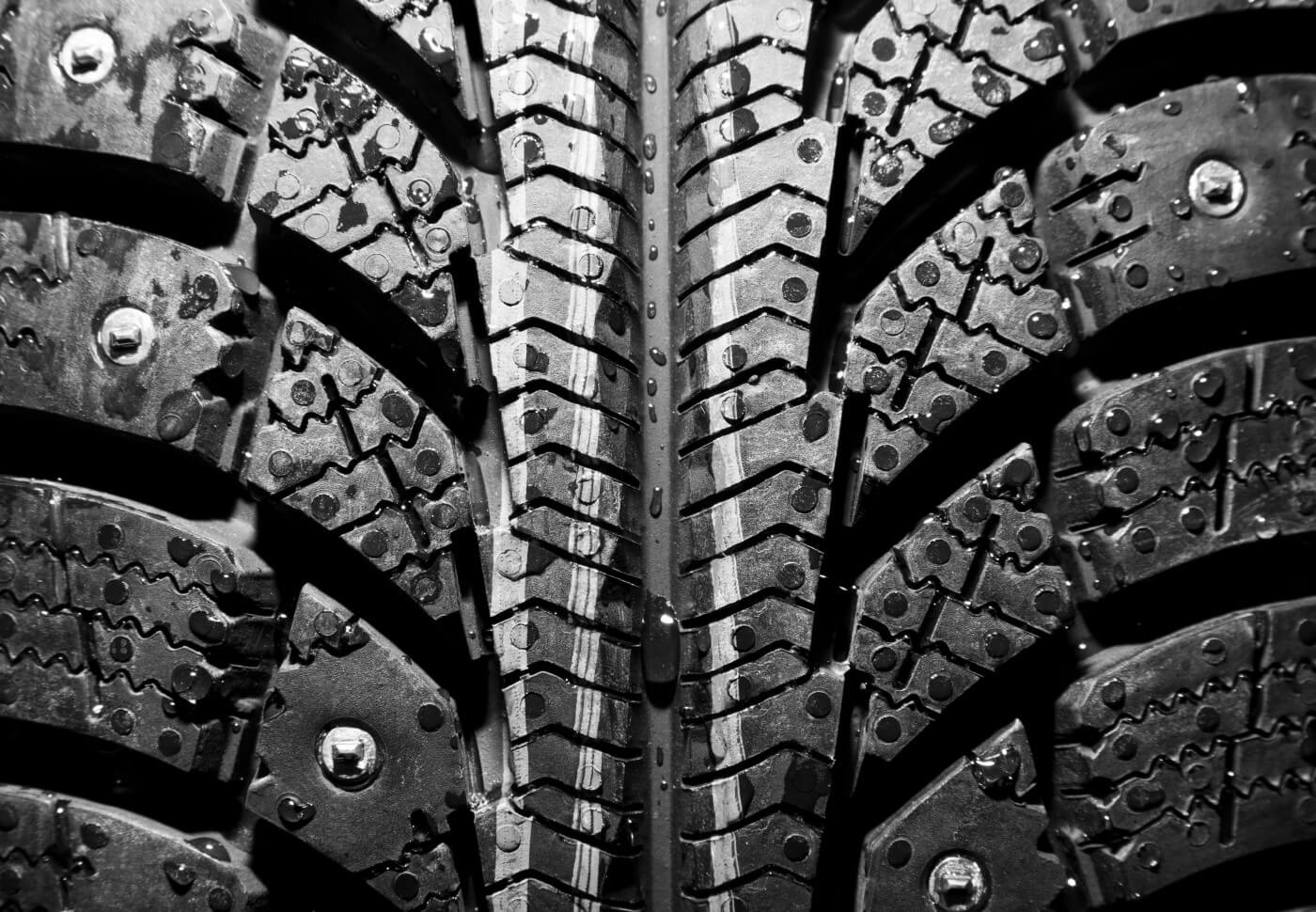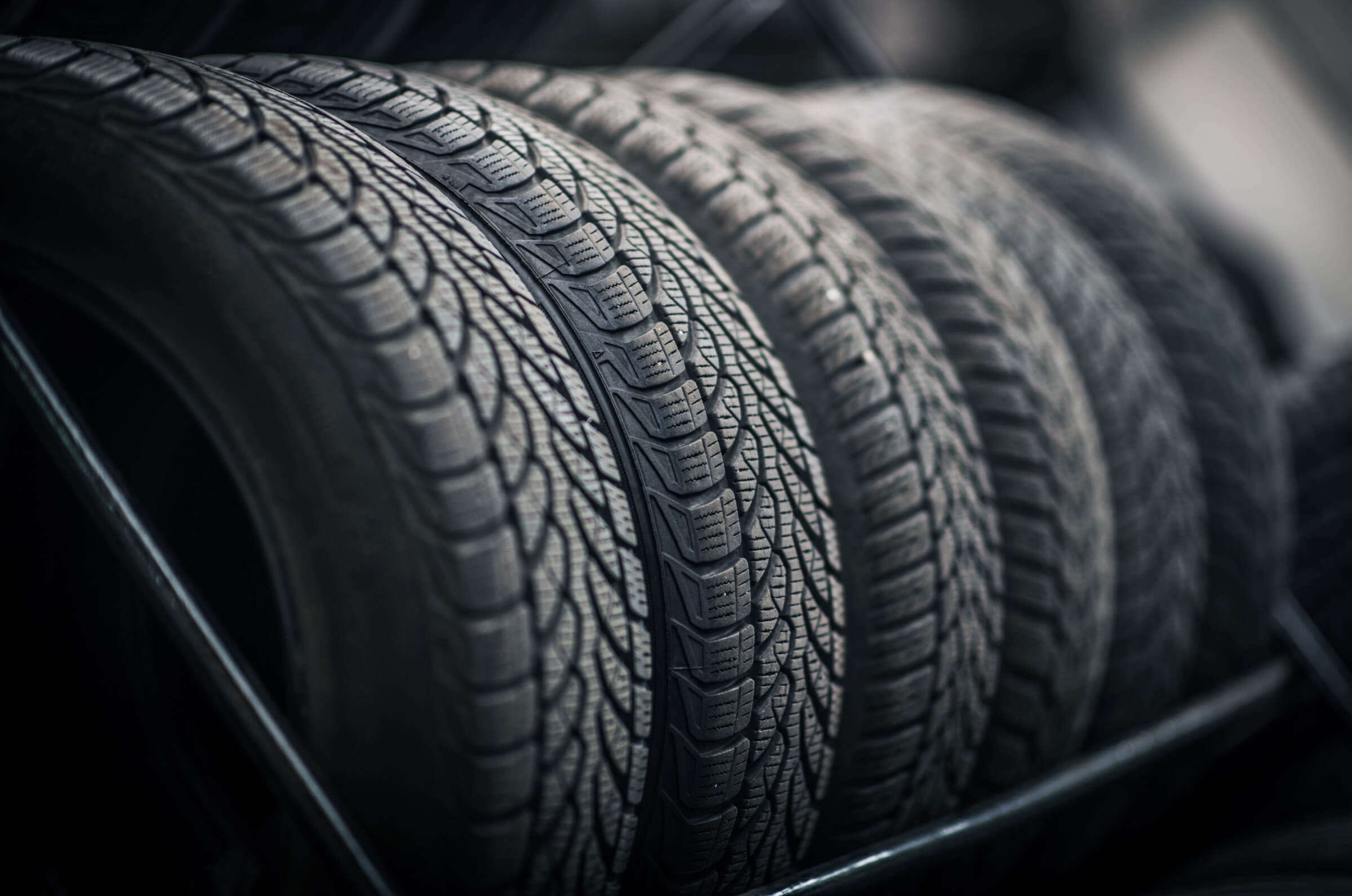Created by Michelin in 1933, studded tires quickly proved to be effective for driving in the worst winter conditions on snow. Each studded tire usually has 100 to 150 studs, of which about ten are in permanent contact with the road surface to ensure optimum traction. However, their use poses significant problems for infrastructure and the environment. Nevertheless, they remain valuable assets for driving in extreme conditions, such as those encountered in Canada. Their use is therefore highly regulated across the country, and legislation varies from one province to another. So when should you install and remove your studded tires? Blackcircles Canada answers you in detail below, explaining why their use is highly regulated.
Studded tires: Optimal traction in winter but come with a downside.

First, let’s recall how a studded tire works: this type of tire literally has studs on the tread surface, which are designed to sink into the ice to provide better traction on this type of surface.

While studded tires are undeniably effective on icy roads, they however cause irreparable damage to the road surface when it is not covered with ice. This is because the studs are strong enough to make holes in the tar. In addition to the degradation of the road surface, these same tires cause faster wear of the road markings, which can eventually make traffic more dangerous if no longer visible.
These tires hence cause significant damage to the infrastructure, and therefore result in higher costs for the authorities in charge of their maintenance, on top of potentially affecting road safety. In addition, tremendous progress has been made in the formulation of rubber compounds for winter tires, making the use of studded tires increasingly superfluous. Finally, studded tires are noisier than winter tires that do not have studs. If driving comfort is a priority for you, avoid studded tires!

Warning: Studded tire regulations vary from province to province!
But if you absolutely must use studded tires because conditions in your area require it, be aware that to complicate matters even more, the deadline for removing your studded tires varies from province to province. While in La belle province, the Société de l’assurance automobile du Québec authorizes the use of studded tires between October 15 and May 1 inclusive, it is quite different in Ontario.
Indeed, this close neighbour of Quebec authorizes the use of studded tires in a geographically restricted manner between October 1 and April 30. This is only permitted in Northern Ontario (Algoma, Cochrane, Kenora, Manitoulin, Nipissing, Parry Sound, Rainy River, Sudbury, Thunder Bay and Témiscaming). Vehicles coming from another province may drive with studded tires within Ontario for a maximum of one month. Anyone driving after April 30 with studded tires is subject to a fine of up to $1,000.
Therefore, it is advisable to find out about provincial laws regarding studded tires or you may have to pay a large fine if you break the law. Considering the advantages of unstudded winter tires, which have achieved traction that is considerably closer to that of their studded cousins, the best solution is to use studless tires instead of studded tires, if possible. If you need to choose new tires, winter or otherwise, visit blackcircles.ca!






